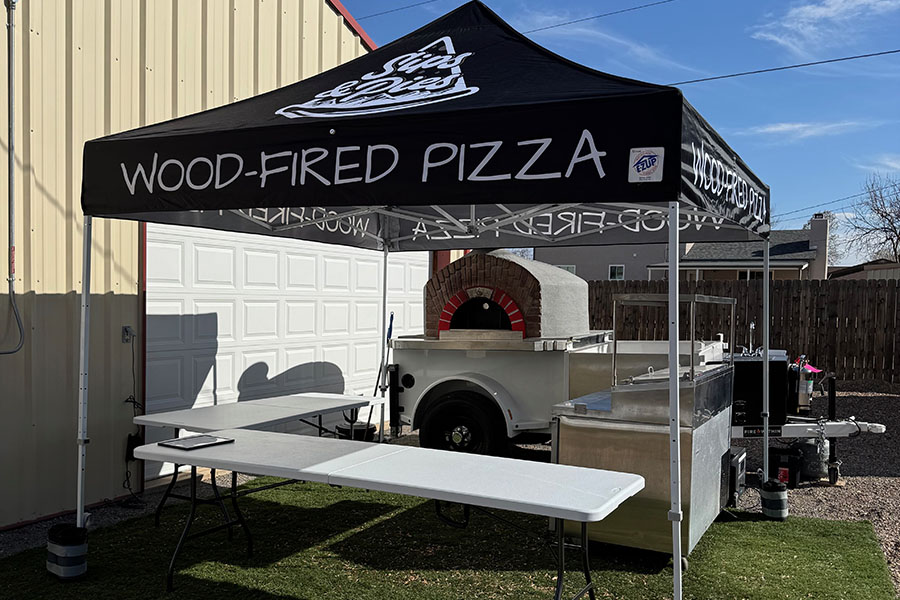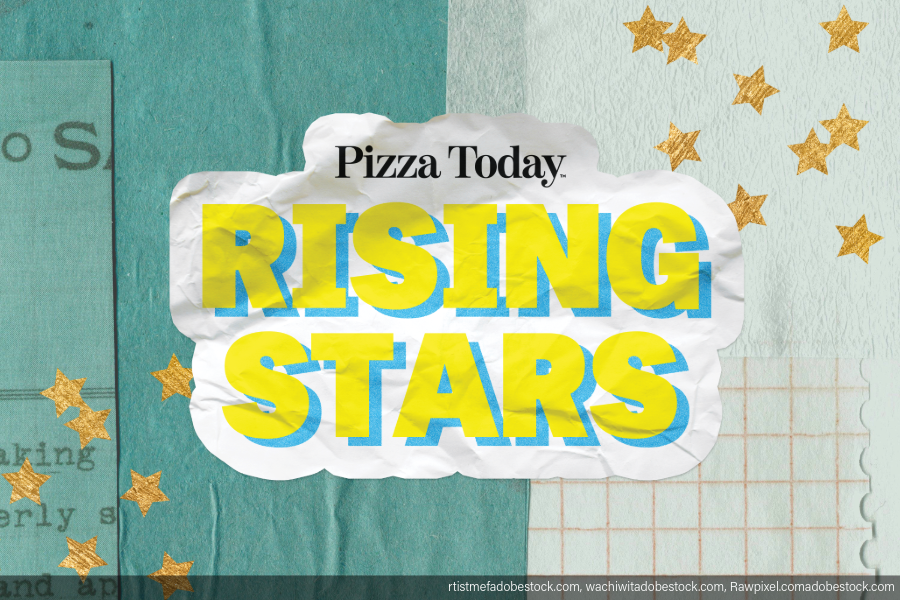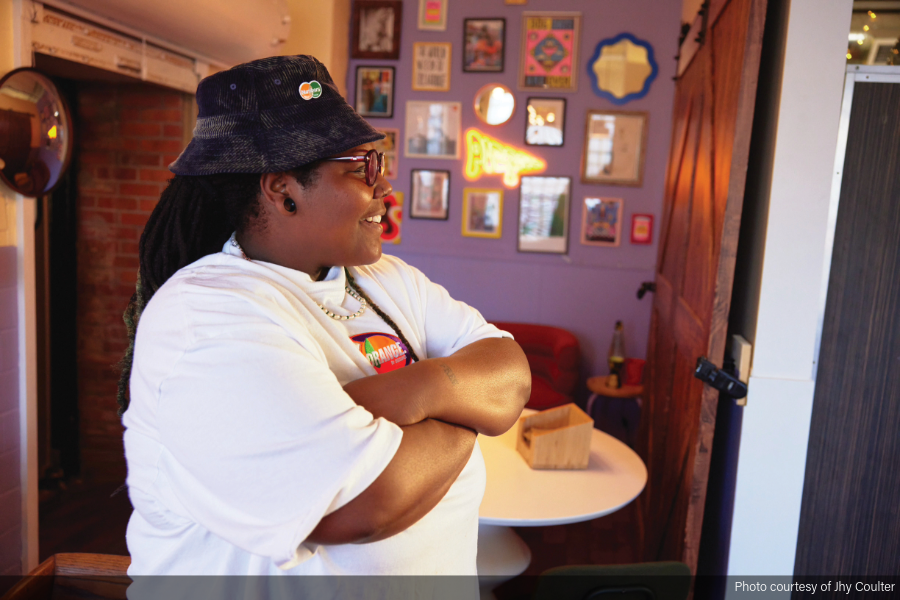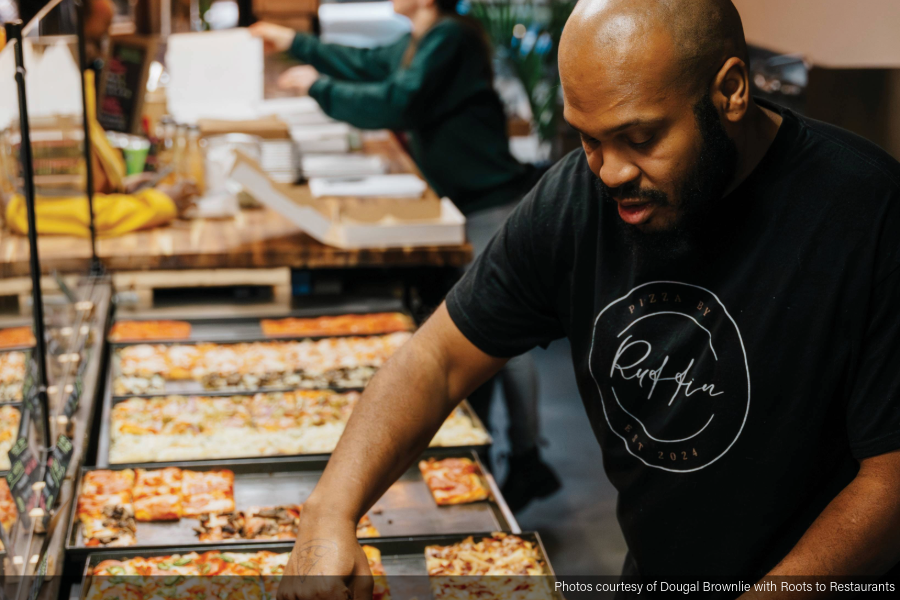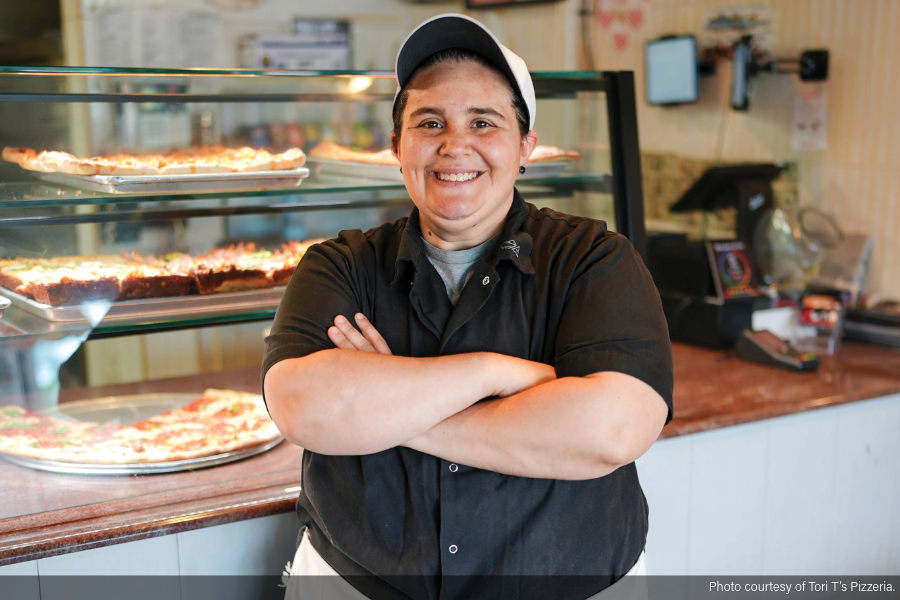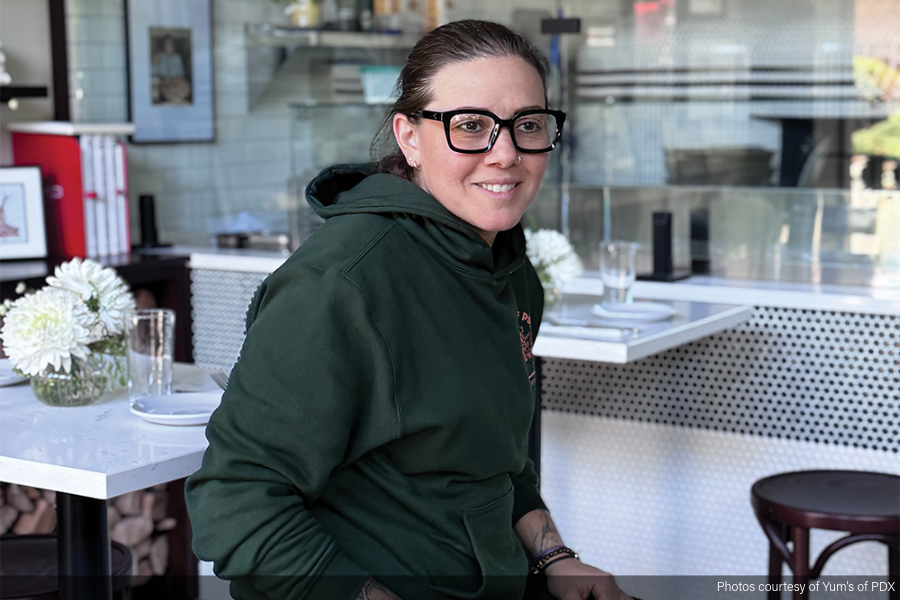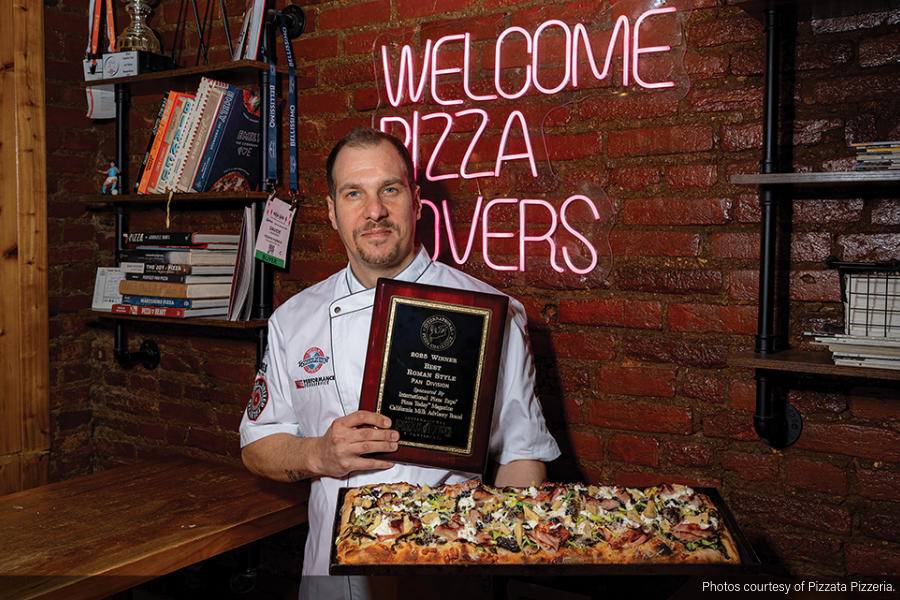Are You Winning the Waiting Game?

‘‘Excuse me. Pardon me. Excuse me. Pardon me.”
People hate hearing and saying that at the movies, airport, mall, theatre, concert venue…well, the list is endless.
But, do you know where they hate saying and hearing those words the most? Restaurants.
No customer wants to hit a wall of people upon entering their favorite dining establishment. A wall of people is not inviting. It’s annoying. And at times, with a crowd of hungry people desperate for deep-dish or thin-crust or hand-tossed, it can be borderline hostile. A restaurant waiting area is probably where the word “hangry” was born.
If your waiting area boasts a crowd of people at any given time of the day — kudos to you. Busy is good. It means your restaurant is thriving. However, if your waiting area is overcrowded, overheated, and customers turn away before they can even make it to the hostess stand, you are losing the waiting game.
And it’s costing you customers and money. (And it might even be a fire code violation).
Even if your customers are willing to wait however long it takes to secure a table for your culinary delights, are you prepared for them to hang around? Can they sit or stand somewhere that doesn’t impede the flow of both the wait staff and customer traffic? How will you keep your guests happy while they wait?
“That’s the question, isn’t it? You don’t want to lose your customers, but how do you keep them?” says Matt Camilleri of RealFood Consulting. “Waits are tough. People struggle with them. I have kids, and if it’s a 45-minute wait, I can’t wait 45 minutes with a three-year-old.”
According to Camilleri, the design of the waiting area has to be part of the initial conversation when setting up the restaurant.
Douglas DeBoer, CEO of Rebel Design+Group, says: “When designing a restaurant space, we look to build brand value while entertaining the guest. Designing and building in appropriate space and traffic flows allows for more customer interaction and eliminates the cattle-herding mentality often felt in QSR restaurants today. Through these design improvements, restaurants can offer free food samples, discounts, interactive pre-sales menus and other entertainment in the form of TV’s, sporting events and sometimes even live entertainment. With these design improvements, restaurants can keep customers happy and entertained on their own terms. It all boils down to the rules of ‘good service.’ After all, restaurants are in the service industry.”
Camilleri recommends operators take the time to define their restaurant in order to create the best waiting area possible. Ask: is it family-friendly? If so, operators could consider having games to play, but notes that doesn’t work for everybody.
Camilleri notes that operators need to figure out where customers go after they check in — is there enough room for them to stand at the bar? The bar option is great, according to Camilleri, because it can increase drink sales. But he cautions allowing guests to wait there too long in order to turn over that bar seat.
“No customer wants to stand in a restaurant passing time while not being sure where they should wait,” DeBoer says.
According to DeBoer, these types of problems can be solved by designing nice lounge areas with seating, unique design elements, graphics/artwork and customer interactive areas (like free Wi-Fi and kids’ games). Often, open views (display kitchens) will keep patrons well entertained.
“We have designed restaurants that contain interactive games aimed at kids that project right onto the restaurant’s floor. We also work to engage teens and adults with interactive displays of trivia and other entertainment venues. New tablet technology is also a popular way to provide these games (and can be custom designed) right into tables,” DeBoer says.
In addition to the attention spent on design, operators need to focus on the human element of their waiting areas —the host or hostess.
Camilleri encourages operators and management to prepare the person in the position of host or hostess on salesmanship because he or she will be tasked with communicating wait times, managing the crowd and making sure the entryway is clear and safe for everyone.
Investing in technology, even the kind your customers can’t see, can go a long way in easing your customers’ waiting pain.
“Client-management starts even before you open the door,” says Camilleri, also noting that utilizing your POS system or other software as a way to record details about your customers (from how they pay, what they usually order, to past problems) is a great way to build your client base.
“If you take reservations, you already have a head start in keeping customers happy,” says Camilleri.
Design and technology can greatly enhance the waiting areas of restaurants, but they will fall short if customer service is subpar.
“Restaurants must get service delivery right each and every time. Delivering an exceptional customer service experience should always be the company’s first priority,” says DeBoer. “When it comes to overall satisfaction of a dining experience, service always has a greater influence on perceived wait times, more than any other items. If a restaurant fails at customer service, it fails the customer whole-heartedly.”
DeAnn Owens is a freelance journalist living in Dayton, Ohio. She specializes in features and human-interest stories.

